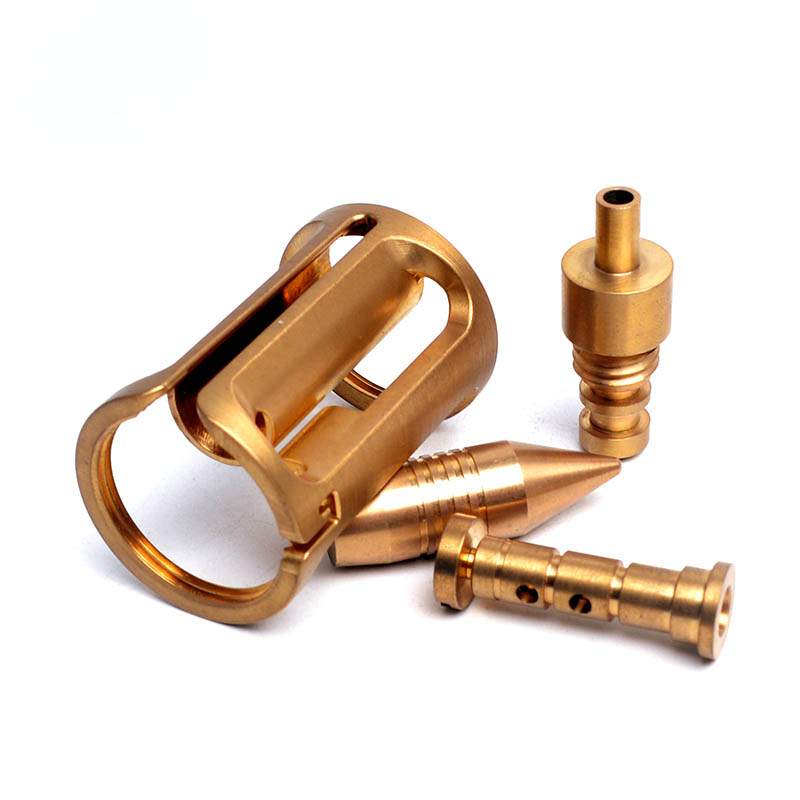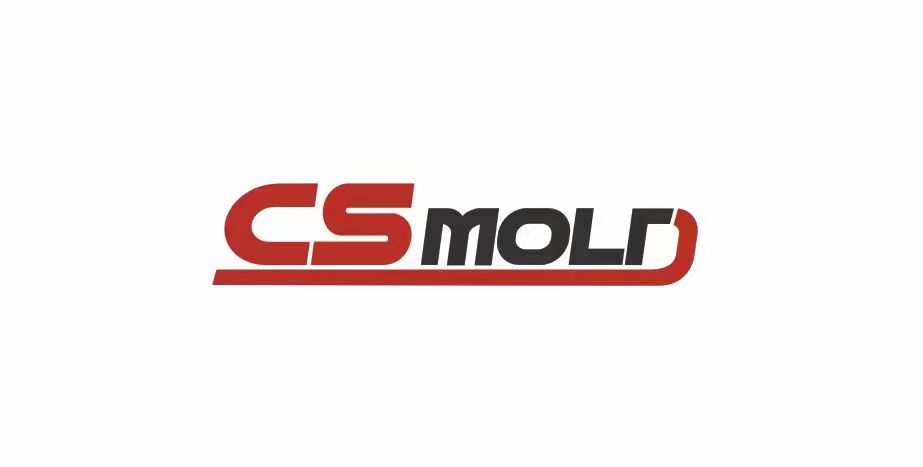
Copper alloy components are widely used in machinery, electronics, automation equipment, and industrial fields. Materials such as copper, brass, bronze, and beryllium copper inherently possess excellent properties, and proper surface treatment can significantly improve their durability, corrosion resistance, and surface quality.
1. Why perform surface treatment on copper alloy components?
Copper alloys have high electrical and thermal conductivity, as well as good corrosion resistance. However, in practical applications, components may face the following problems:
- Surface oxidation or discoloration
- Friction and wear
- Degradation of electrical or thermal properties
- Aesthetic requirements for decorative components
Surface treatment can protect components while improving their function and appearance, ensuring long-term stable performance.
2. Commonly used surface treatment methods
Electroplating
Electroplating can improve corrosion resistance, wear resistance, and in some cases, electrical performance.
- Nickel plating: Suitable for high-wear components and components exposed to harsh environments.
- Tin plating: Commonly used in electronic components, improving solderability and protection.
- Gold plating: Ideal for high-precision electrical contacts where reliability is paramount.
Passivation
Chemical treatment forms a protective layer on the surface, preventing oxidation and corrosion. Commonly used for decorative or outdoor parts.
Mechanical Surface Treatments
- Polishing: Improves surface smoothness, reduces friction, and enhances appearance.
- Brushing: Creates a uniform texture, improves wear resistance, and adds a decorative effect.
- Sandblasting: Provides a uniform matte surface, improves coating adhesion, and prepares the surface for electroplating.
Electroplating
Processes such as electroless nickel plating provide a uniform coating even on complex geometries, improving wear resistance and hardness, especially suitable for high-precision parts.
3. Choosing the Right Surface Treatment Method
The choice of the right surface treatment method depends on:
- Operating environment: Exposure to seawater, chemicals, or high humidity
- Functional requirements: Wear resistance, conductivity, thermal properties, or aesthetics
- Material and geometry: Complex parts may benefit from electroless plating
- Cost and throughput: Different surface treatment solutions have different costs; batch size affects efficiency.
A well-designed finishing process can extend part life, reduce maintenance, and maintain performance.
4. Our Services
We offer one-stop solutions for copper alloy components, including:
- Precision CNC machining and sheet metal fabrication
- Nickel plating, tin plating, and gold plating
- Passivation and surface finishing
- Component inspection and quality control
Whether you need brass valve bodies, bronze bearings, or highly conductive beryllium copper components, we provide reliable finishing solutions to ensure their performance and durability.
Conclusion
Finishing is a critical step in maximizing the performance and lifespan of copper alloy components. The right process can protect components, enhance functionality, and maintain their appearance for a long time.
If you are looking for expert guidance in copper alloy machining and finishing, we offer customized solutions from design to the final product, ensuring your project receives high-quality, highly reliable components.



